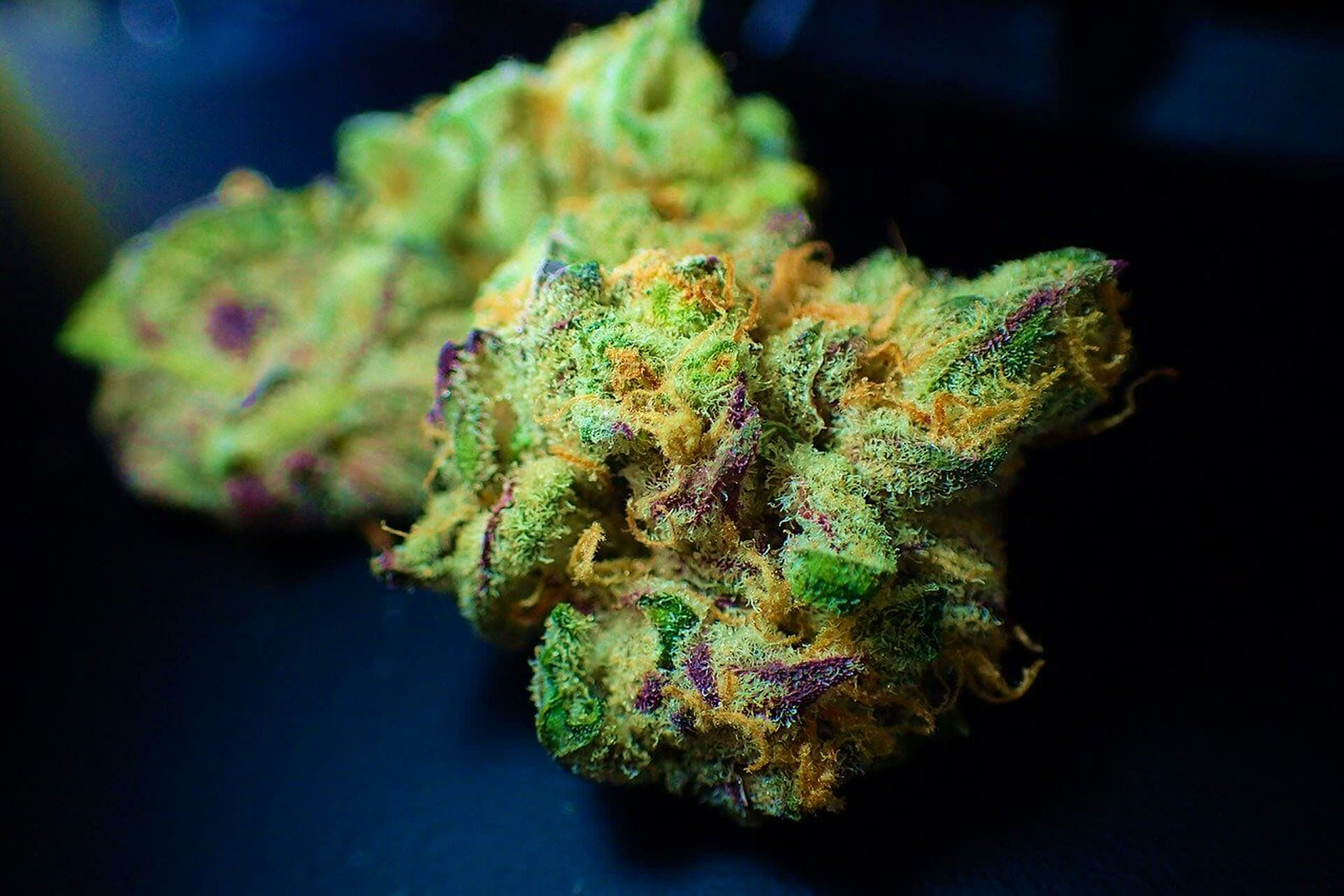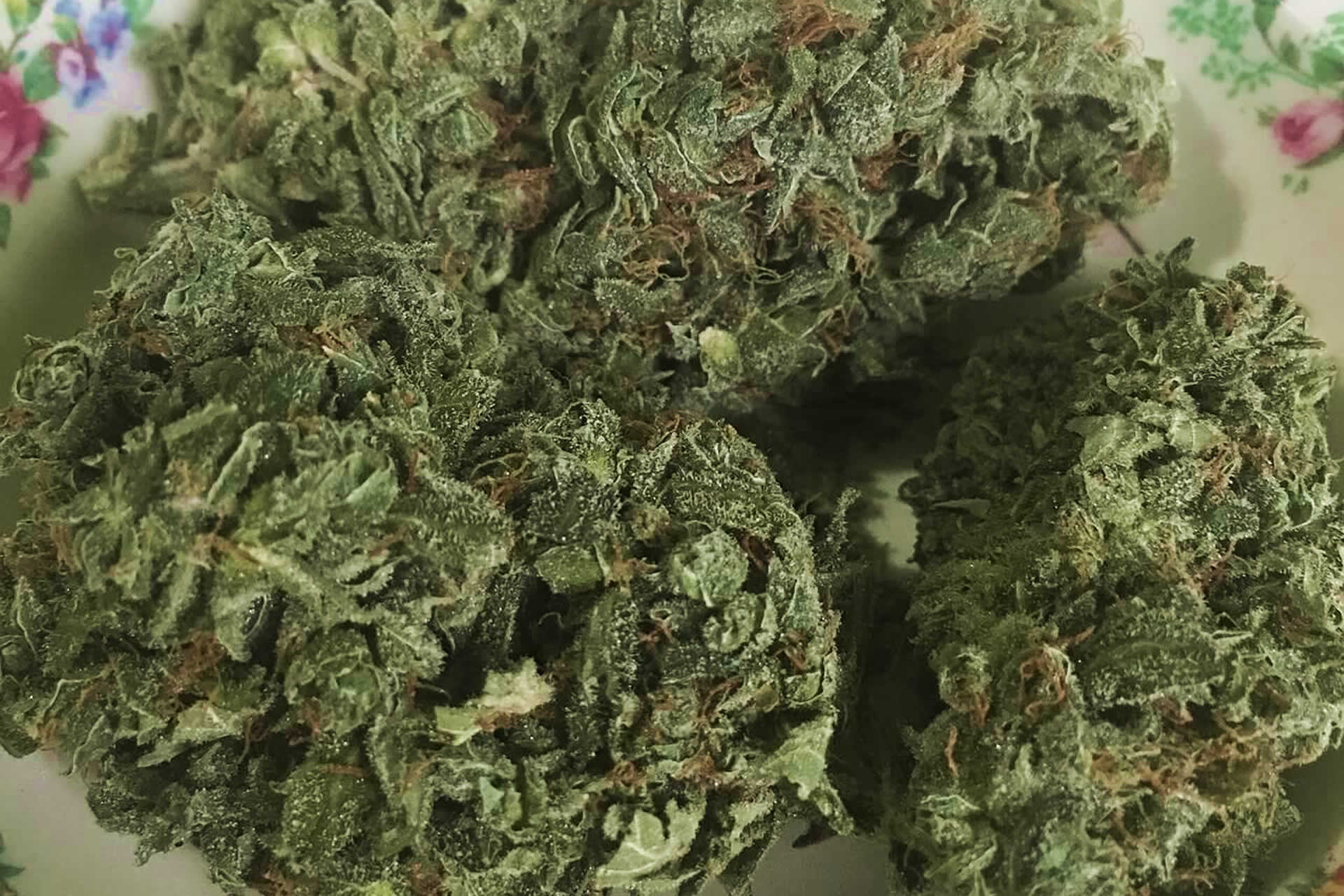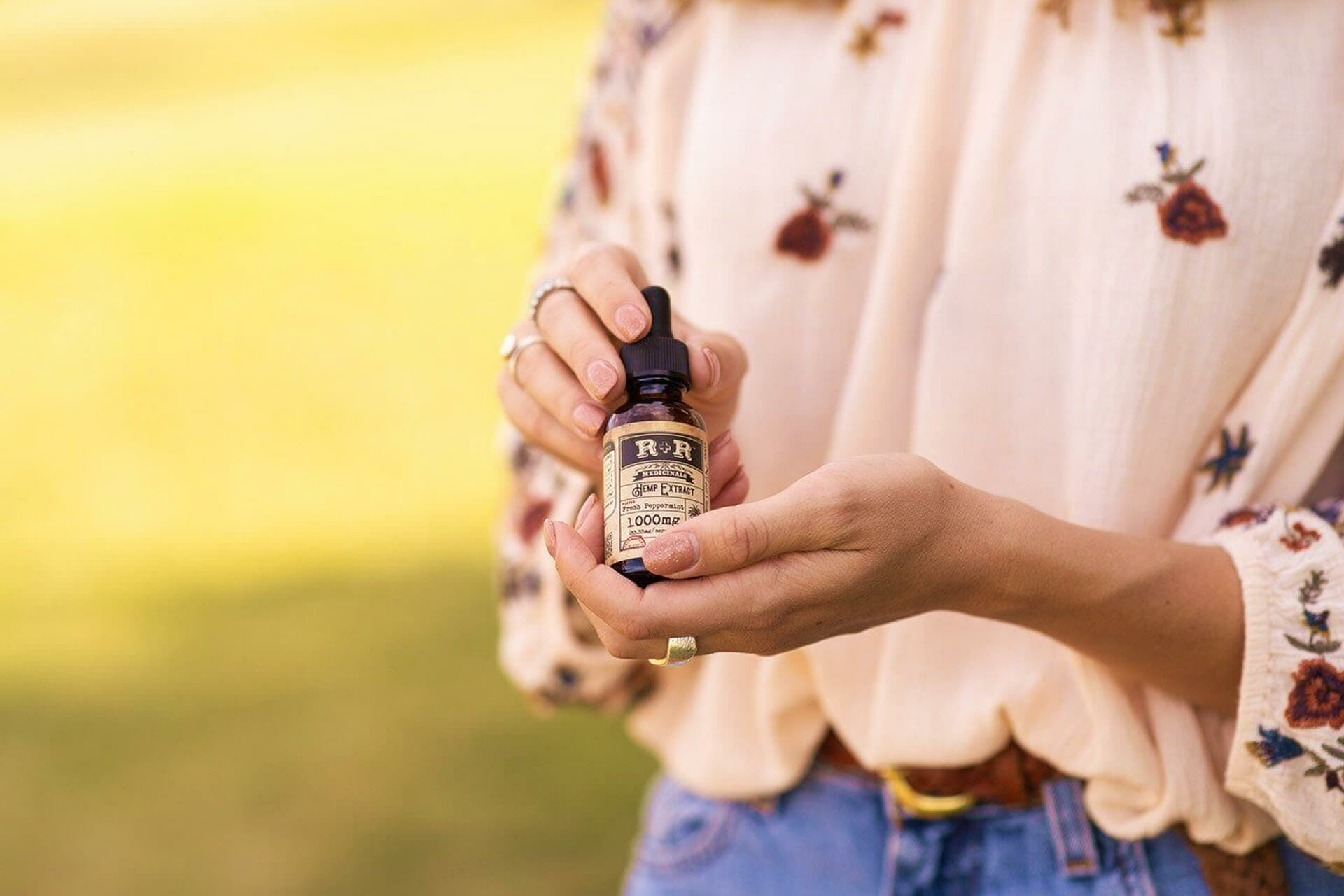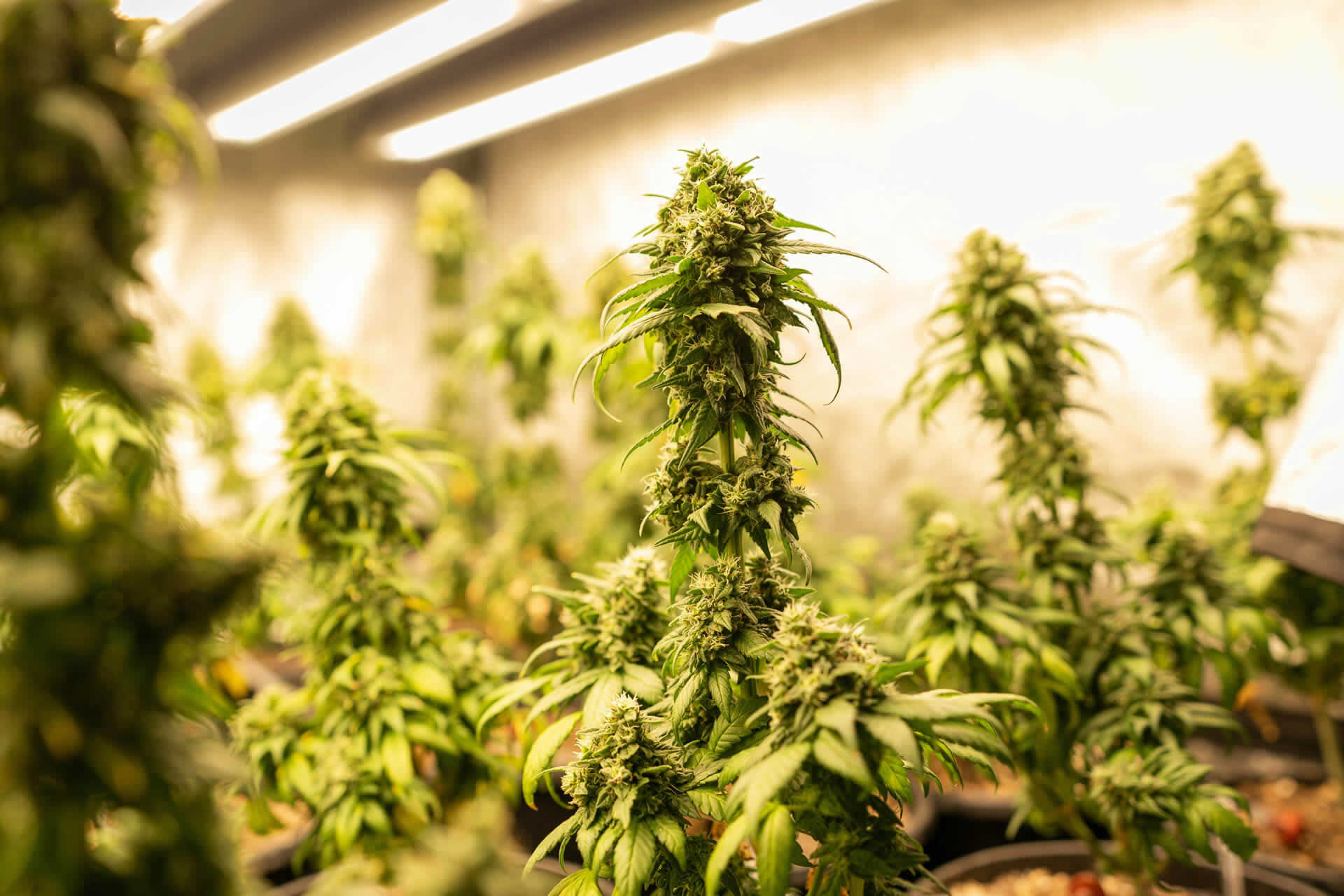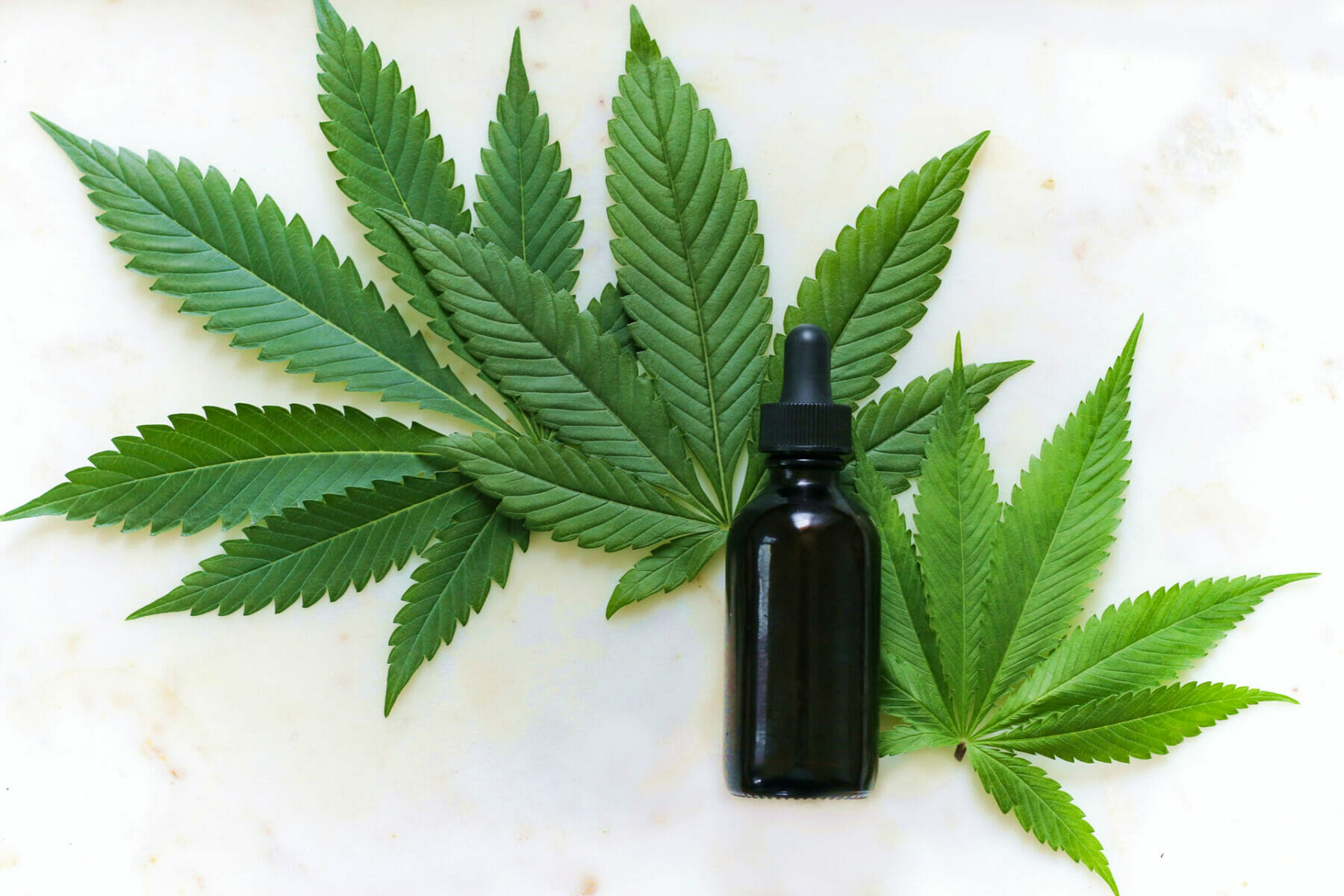Cannabis Sativa, Indica, And Ruderalis
Related Strains With Big Differences
Cannabis sativa, Ruderalis, and Indica are three cannabis families. This implies that they have numerous similarities but also have significant distinctions.
While anecdotal evidence and numerous hemp firms imply that Indica is more relaxing and Sativa is more energizing, other scholars assert that such assertions are misleading. Many more elements than strain have a role in the recreational and medicinal benefits of cannabis.
The Three Main Cannabis Families
Cannabis is a component of the Cannabaceae family of plants. The quantity of species in the genus is debatable. Cannabis sativa, Cannabis indica, and Cannabis ruderalis are the three recognized varieties; Ruderalis may be included inside Sativa; all three may be classified as variations of a single species, Sativa; or Sativa may be acknowledged as a single undivided species. The genus is commonly recognized to be Asian in origin and native to Asia.
The two main types of cannabis, Sativa, and Indica, are extensively utilized for a variety of medicinal purposes.
Sativas are famous for their "head high," an exhilarating, stimulating impact that may help relieve anxiety or tension while increasing creativity and attention.
Indicas are often connected with full-body benefits such as increased deep relaxation and decreased sleeplessness.
Even while research into these effects is limited, it seems that these species have something similar to previously thought.
Many in the cannabis business have abandoned the designations Indica, Sativa, and hybrid in favor of identifying the various "strains" or, more accurately, "chemovars" as:
- Type I: high THC
- Type II: THC/CBD combined
- Type III: high CBD
Because the term "strain" is often used to refer to germs and viruses, the cannabis business is increasingly employing chemovars (chemical variants) instead.
The words Indica and Sativa are derived from the species' biochemical taxonomy, which is related to physical properties. Cannabis indica plants are shorter and have wide, dark green leaves. Cannabis sativa plants grow taller and have smaller, light green leaves.
These labels were once used to differentiate marijuana plants based on their benefits and THC or CBD levels. A study released in Cannabinoid and Cannabis Analysis seems to invalidate these claims.
People used to assume that Cannabis indica plants had greater quantities of CBD. As a consequence, farmers and dispensaries advertised indica-derived strains as having a more relaxed high.'
Cannabis sativa-derived strains with greater THC levels, on the other hand, would produce a more active high. To have knowledge about the three main cannabis families, here is a short description of each variety:
Sativa
Cannabis sativa grows in warmer climates such as South America, Southeast Asia, and Central America.
It often produces a more invigorating and creative high, while it might cause anxiety in certain individuals. Patients suffering from nausea, depression, headaches, and appetite loss may also benefit from Sativa. THC levels in Sativa plants are higher than in CBD levels.
It's worth mentioning that certain scientific research contradicts these claims. Some Sativa plants are energetic, while others aren't. Indica strains must be treated the same way.
Indica
The Cannabis indica plant is native to Pakistan, Afghanistan, and Tibet in the Middle East.
It has a greater CBD concentration than Cannabis sativa in general. However, the CBD to THC ratio is extremely near to 1.
Indica is often regarded as a good pain killer with a flat and soothing high. Many therapeutic marijuana breeds include a hybrid variant of this strain. It is crucial to acknowledge that there is not much scientific evidence to support these statements. There are several variations within the Indica vs. Sativa categorization, and many experts suggest that we should not generalize the hallucinogenic and other impacts of different strains.
Ruderalis
Cannabis ruderalis developed in areas with warmer weather, such as Russia and the Hungary-Ukraine region. It grows naturally, and some believe it is produced from wayward hemp plants.
It does not contain a lot of THC or CBD, but breeders like it since it can blossom on its own without the help of a grower. This is why ruderalis is often employed in hybridization with Sativa or Indica.
How To Choose The Best Cannabis Strain?
Traditionally, finding the answers to the following questions has assisted a person in locating the best marijuana strain for them:
- What piques their interest in marijuana?
- Is it for medical reasons, and if so, what illnesses are being treated?
- Is it only for fun? If so, what type of experience do individuals seek?
- How much marijuana knowledge do they have?
- How long do they intend to keep the experience going?
However, much more study into the classification of various strains and their consequences is now required.
Conclusion
Because cannabis is more widely accessible than ever, users want more specific and reliable data on the impacts of various cannabinoids for medicinal and recreational uses than before. Knowing the structure and physiological and mental impacts of cannabis Sativa, Indica, and Ruderalis may assist patients and physicians in selecting the best product. Cannabis cultivators crossbreed cannabis plants to develop new strains with varying amounts of THC, CBD, and a variety of other physiologically active chemicals.




